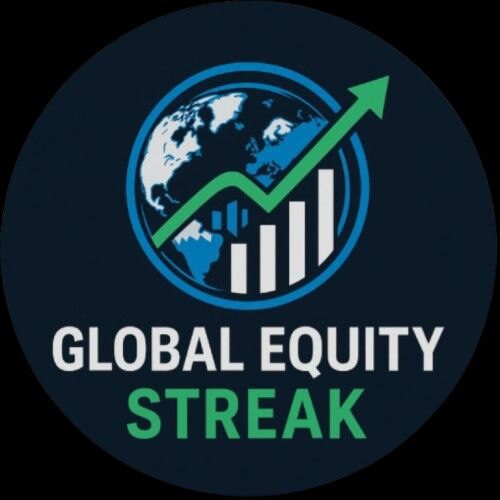The White House says the New Bill will drive 3% GDP growth:U.S. stocks are hitting record highs as policy clarity returns on fiscal, trade, and immigration fronts. JP Morgan’s David Kelly analyzes the latest jobs report, warns of slow economic growth ahead, and explains why AI-driven productivity gains are still years away.
The White House says the New Bill will drive 3% GDP growth, but JP Morgan strongly disagrees with this
Markets have been rallying sharply, with major indices touching record highs. At the center of this optimism is increasing policy clarity in Washington, a relatively stable job market, and progress on trade frameworks. Yet, JP Morgan Asset Management’s Chief Global Strategist David Kelly cautions against overenthusiasm, pointing out that while the clouds of uncertainty are beginning to clear, the fundamentals indicate a gradually slowing economy rather than a booming one.
Speaking on the latest developments, Kelly emphasized that the jobs data was only “slightly” better than expected. While the headline number seemed strong, it was bolstered by an 80,000-job increase in state and local government employment—likely seasonal, possibly due to teacher hiring.
In contrast, private sector job growth came in at just 73,000. The bottom line: there’s no imminent collapse, but also no acceleration. The economy is simply slowing down gradually.
One area of concern for Kelly is the rising drag caused by immigration crackdowns and the inflationary impact of tariffs. These pressures, he says, will weigh on the economy even before any stimulus from the pending tax bill kicks in.
The Trump administration is optimistic that the new bill will drive 3% GDP growth. Kelly disagrees, stating bluntly that this isn’t feasible without a significant productivity surge. He noted that long-term U.S. growth has averaged just 2% this century—1.5% from productivity and 0.5% from labor force growth.
With baby boomers retiring and a decline in net immigration, labor force growth is at risk of stalling entirely. This leaves the U.S. with little more than 1.5% growth potential under current trends.
However, there is hope that artificial intelligence, combined with robotics, could eventually compensate for the labor shortage and push productivity higher. But Kelly is clear: this transformation will take years. Any productivity boost from AI won’t have a short-term impact on economic growth.
When asked if the passing of the tax bill is a positive for stocks, Kelly remarked that the current market environment is “very easy to please.” Removing policy uncertainty tends to boost investor sentiment. Once this bill passes, it’s likely there won’t be another major fiscal bill this year.
Investors will also get more clarity on tariff policy—even if it’s not a universal 10% tariff, a more settled landscape will emerge. Additionally, aggressive measures in the bill regarding immigration enforcement are starting to show effects, including reduced traditional immigration flows. All of this contributes to decreasing uncertainty, which financial markets generally welcome.
Still, clarity doesn’t necessarily mean bullish fundamentals. Kelly reiterates that the economy will likely remain in a narrow band—slowing, then rebounding slightly, but never accelerating in a sustained way.
On the global investment landscape, Kelly sees more potential in international markets. With the U.S. dollar having declined notably in recent months—even amid uncertainty—investors are questioning their heavy U.S. exposure.
While the U.S. has been seen as exceptional due to its tech edge and business innovation, that edge may be narrowing. As a result, he expects a continued reallocation of funds toward international equities, which may help them outperform going forward.
Lastly, trade policy remains a point of tension. While the recent framework agreement with Vietnam offers some reassurance, a major deadline looms next Wednesday. Kelly believes that despite talk of steep tariffs, the administration is likely to settle for something like a universal 10% tariff after negotiations and pushback from both large and small businesses.
The hope is that the administration will solidify its stance and move on, reducing the overhang of trade uncertainty that has dogged markets for months.
In summary, while the stock market appears to be enjoying a lift from newfound clarity in fiscal and trade policy, the underlying economy continues to show signs of gradual slowdown, weighed down by demographic pressures and rising inflation risks. Long-term productivity growth, potentially driven by AI, could be a game-changer—but not in the near term.
Disclaimer:
This blog post is intended for informational purposes only and does not constitute investment advice. The views expressed are those of the analyst mentioned and do not reflect official positions of any institution. Investors should conduct their own research or consult financial professionals before making investment decisions.

